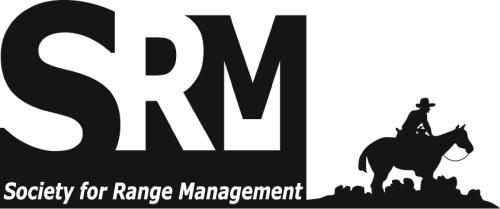In southern Saskatchewan fall grazing resources become acutely short because little growth of grass occurs after early July. Russian wildrye (Elymus junceus) cures better than most other grasses and is therefore best for late fall pasture. Over a 9-year period cattle were grazed on stands of Russian wildrye that had been seeded in rows spaced 20, 40, or 60 cm apart. Two stocking rates were used. The animals were weighed periodically and were removed when losses in weight occurred. Up to 5 weeks of grazing were obtained where rows were 60 cm apart and when stocked at one animal on each .43 ha, compared to as low as 3 weeks where rows were only 20 cm apart and stocked at one animal on each .32 ha. Values for crude protein, digestibility, crude fibre and ether extract are given. This material was digitized as part of a cooperative project between the Society for Range Management and the University of Arizona Libraries. The Journal of Range Management archives are made available by the Society for Range Management and the University of Arizona Libraries. Contact lbry-journals@email.arizona.edu for further information. Migrated from OJS platform August 2020

Scholarly peer-reviewed articles published by the Society for Range Management. Access articles on a rolling-window basis from vol. 1, 1948 up to 5 years from the current year. Formerly Journal of Range Management (JRM). More recent content is available by subscription from SRM.